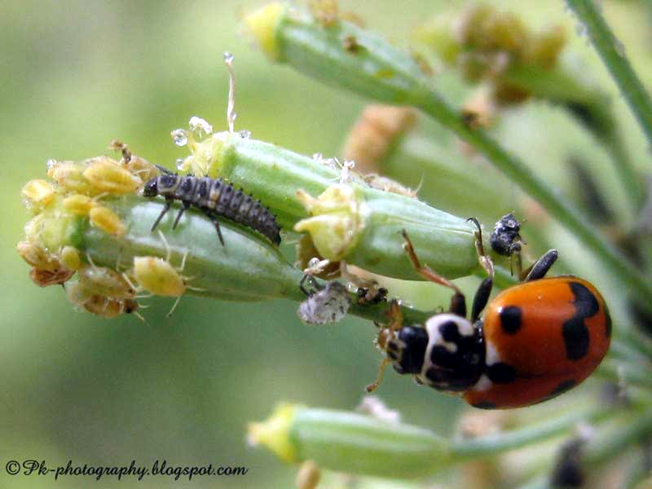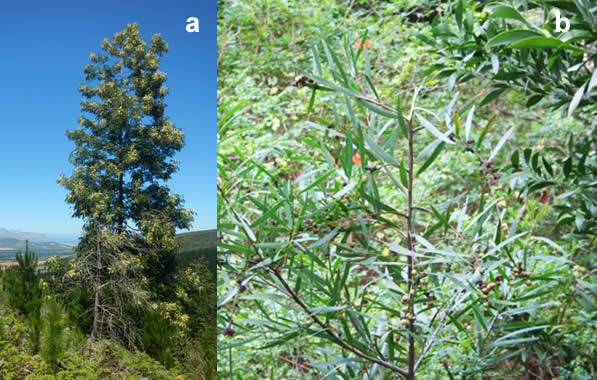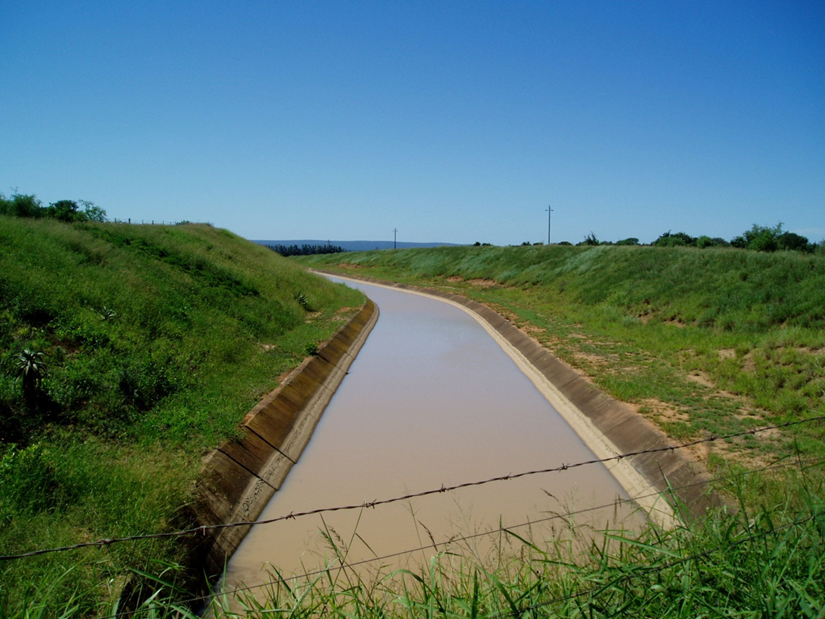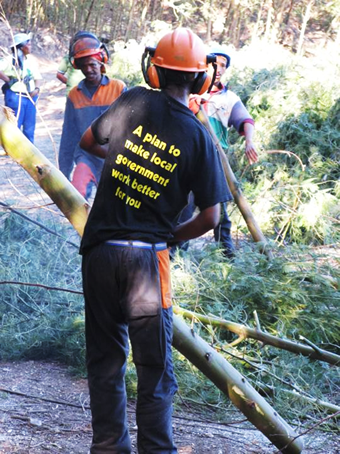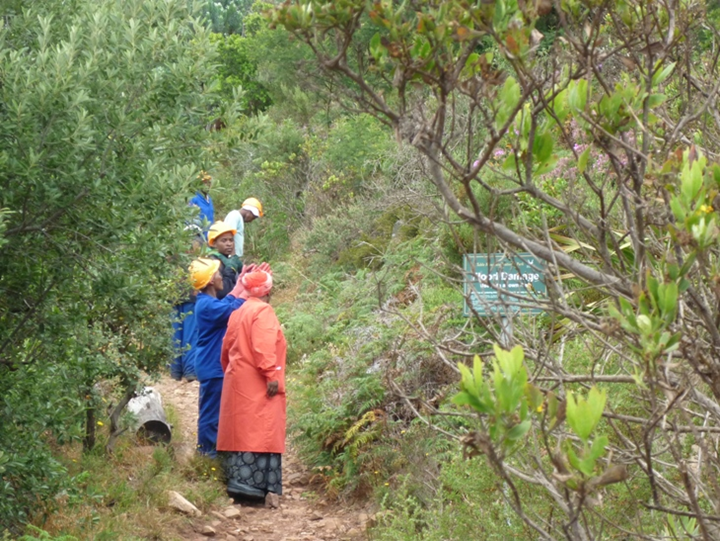Agriculture landscape change crucial for bio-control programme development
The expansion of agricultural activities and the habitat changes that occur in agro-ecosystems cause rapid compositional changes in agricultural landscapes as crops are planted, harvested and rotated from year to year. This shifting mosaic pattern of crop fields can affect the dynamics of important insect pests, such as cereal aphids, and their natural enemies.

